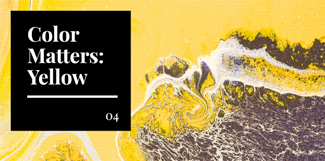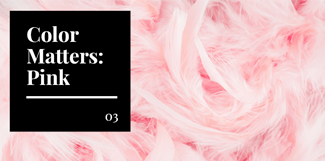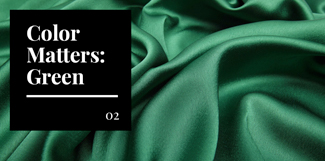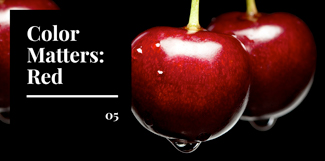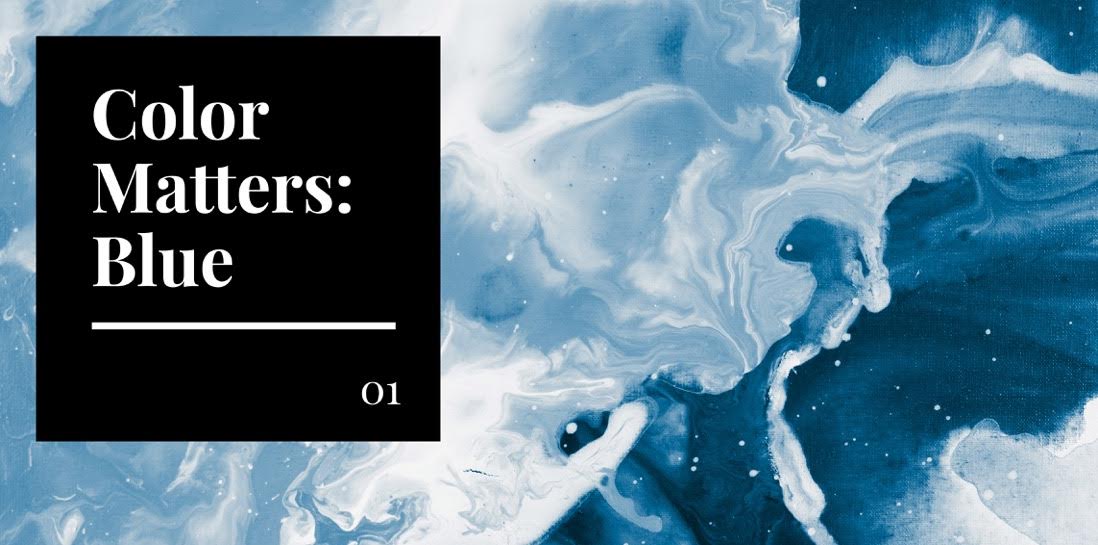
Pablo Picasso famously said, “When I haven't any blue I use red.” To most of us, those two colors are not interchangeable. In fact, they're usually on the opposite end of the color spectrum from each other.
What is the nature of blue, and is it interchangeable with other colors? And why is it so compelling to humans in all its various shades?
Blue in history
Historians would argue that blue and red are possibly interchangeable—or, at least, that's what Homer would say. The author of The Odyssey and The Illiad poetically described the sea as “wine-dark,” and it has stumped researchers ever since William Gladstone noticed it in 1858. Gladstone pored over the original text and discovered no mention of blue. According to Business Insider, Philologist Lazarus Geiger took up this intriguing problem and began to trace the appearance of colors in a people's language. He noted that only after all the other primary colors have been named does the word for blue develop in a language.
Is color cultural?
Researchers discovered that the Himba people of Namibia have no name for the color blue. When shown photos of 11 green squares and one blue square, they could not distinguish between the colors. Scientists posit that because they have no name for the color blue, they cannot perceive it, reports Daily Mail.
Blue in the public eye
In American culture, we can see and identify blue and have plenty of words to describe its various shades: azure, baby blue, cerulean, cobalt, cornflower blue, cyan, indigo, navy, Prussian blue, robin's egg, royal, sapphire, sky blue, slate blue—to name a few. But the word's shades of meaning are varied. Contrast the positive connotation of someone who is “true blue”—loyal or faithful—with someone who is “feeling blue,” or sad.
Regardless of whether it makes us happy or sad, blue is the top favorite color among both men and women, according to a 2003 study by researcher Joe Hallock. Men and women from 22 different countries were surveyed about their favorite and least favorite colors; startlingly, not only was blue the most popular color, it was almost never chosen as a least popular color. Even if participants considered another color to be more appealing than blue, they almost never found blue unappealing.
Blue in design
Because of its universal appeal, blue is a popular choice for all areas of art and design. It's the most used color on the top 10 most popular websites. And, out of the top 100 brands (based on brand value), 33 percent use blue in their logo, reports Black Bear Design.
Leatrice Eiseman, executive director of The Pantone Color Institute, the definitive expert in all things color, says, “Blue is perceived as a constant in our lives.”
Its very constancy helps reinforce perceptions of certain industry sectors, such as education, politics, or religion. Eiseman also notes, “Darkening any color so that it moves closer to black invests the hue with power.” Navy blue has proven an ideal choice for military uniforms, banks, textbooks, and corporate websites. Stable blue is restful, powerful, and wise without being assertive.
Lighter blues with a smoky undertone are restful and calming, while more energized shades like turquoise have a playful quality to them. Beverage industries favor light blue for the color's “clean and pure” connotations. Blue is perceived as signifying expense or high value, found researcher Joe Hallock. So, luxury items such as confectionery or jewelry (think: Tiffany & Co.) often favor blue packaging because it signifies an expensive product.
Whatever your industry or design application, blue remains a sound design choice, equal parts evocative of sky and sea, technology and enterprise. Dark blues are steady; light blues are energizing. We happen to like it in all its forms.
Why use blue? Because color matters.
